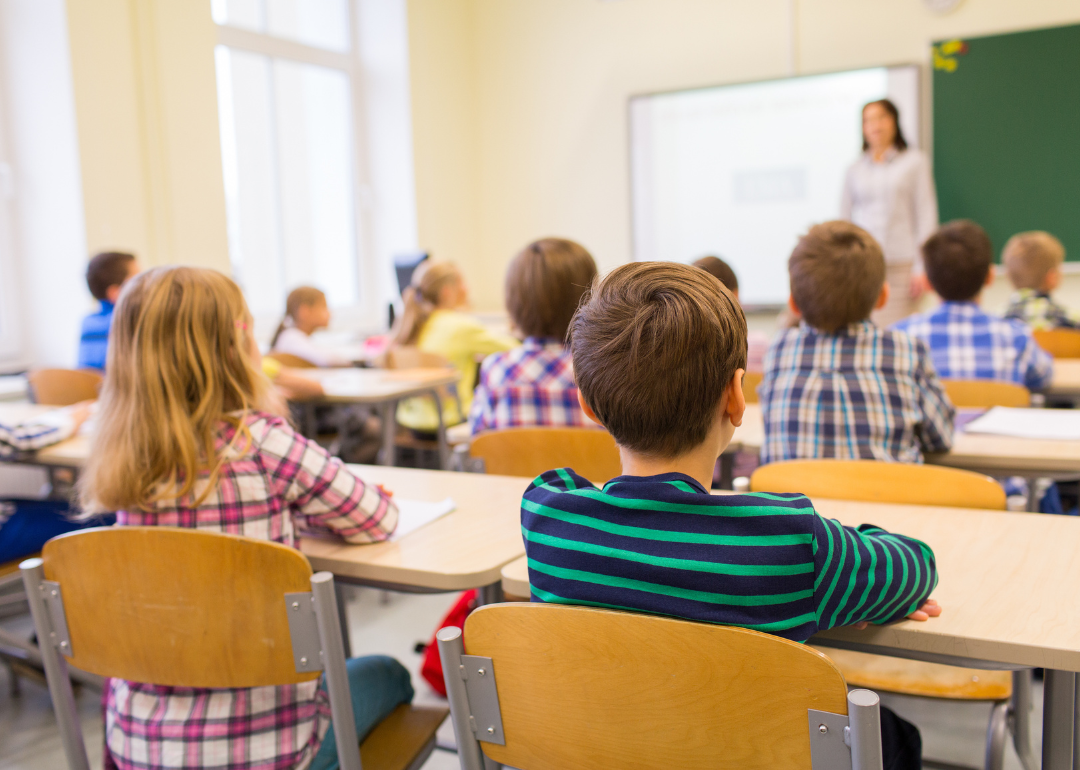
Learning loss is on the rise—here's what schools are doing to help
This story originally appeared on HeyTutor and was produced and distributed in partnership with Stacker Studio.
Learning loss is on the rise—here's what schools are doing to help
The COVID-19 pandemic caused a global disruption to just about everything, including education. Millions of children missed out on classroom learning, and for many students and teachers virtual learning just wasn't as effective. This was largely due to a lack of remote training for educators, some students lacking the appropriate software and access to the internet to engage remotely, and a general difficulty for working parents to be at home to help their children navigate this sudden new learning format.
By the end of the 2020-2021 school year, students in grades K-12 were on average behind in math by five months and in reading by four months, according to a July 2021 McKinsey & Company report. Another study issued in the fall of that year, which analyzed test scores from 5.4 million American students, found that math and reading test scores have dropped for students in grades 3 to 8, as compared to peers who were in the same grade during the fall of 2019.
The psychological impact of such a mass disruption to their education took an enormous toll on students of all ages. In addition to the anxiety of having friends or family members at risk of contracting COVID-19—or suffering through a COVID infection—students from kindergarten to college displayed a general increase in depression, fatigue, and stress.
All of these mental health challenges further impeded their ability to engage in a remote learning environment. A study by researchers from the University of Colorado and the Colorado Department of Education published in March 2022 found that across all grade levels, teachers faced issues with student engagement, attendance, motivation, communication difficulties, internet access difficulties, and general trouble with providing attention and feedback to their students.
Fortunately, as the pandemic has worn on, schools have not been alone in this struggle. Funding through the CARES Act, the American Rescue Plan, and ESSER has distributed $274 billion to educational agencies across the country, and many schools are using those funds to address learning loss.
The 2021-2022 school year has seen most students return to relative academic normalcy, resuming their normal pace of learning; however, the effects of COVID-related separation and learning loss have been difficult to shake. A 2021 study from Pew found that the psychological effects of in-class learning absence have lingered, and a coalition led by the American Academy of Pediatrics declared a national emergency in student mental health that same year.
Nonetheless, schools are becoming more well equipped to face the continued struggle against learning loss. HeyTutor outlined nine ways schools are tackling learning loss, drawing on news reports as well as studies of how COVID-19 impacted students' education.
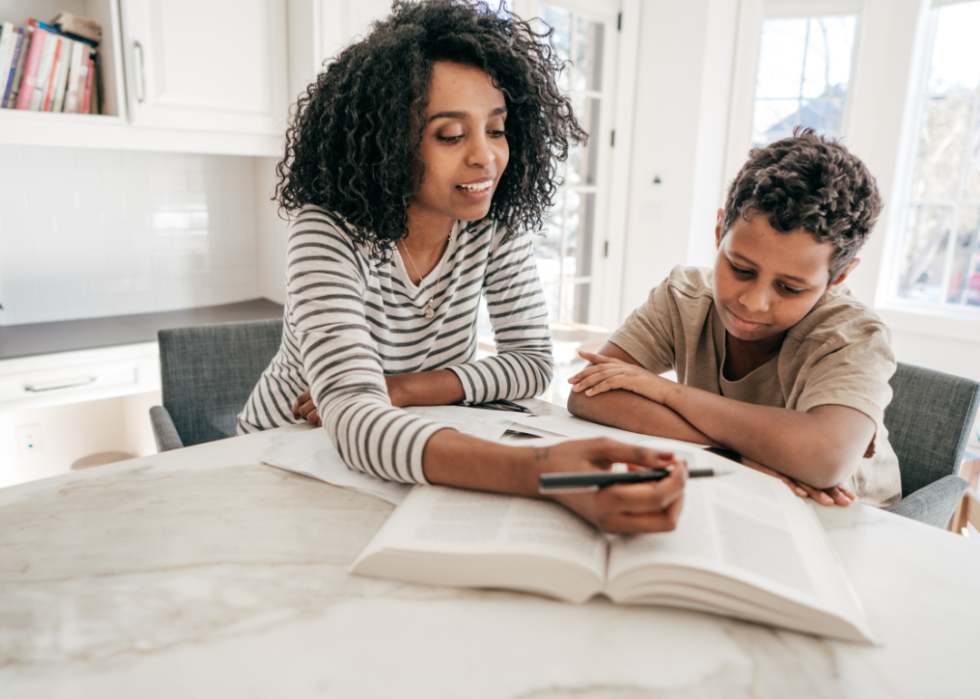
Tutoring
Tutoring is a powerful learning tool that can offer an individualized learning experience and develop disciplined study habits. Many schools recognize this and have created new tutoring programs or expanded on programs already in place.
Tennessee, for example, will spend over $200 million on a mission called Tennessee Accelerating Literacy and Learning Corps. The program serves close to 150,000 students across 79 districts, focusing on the subject areas such as math and English Language Arts.
Evidence suggests that, over time, tutoring in small groups is beneficial, regardless of whether children are in a rural, suburban, or urban environment. In fact, research published in 2021 by Brown University's Annenberg Institute for School Reform showed that consistent tutoring sessions can accelerate learning by two to 10 months.

Career-focused coursework
Older students who wish to learn more about a particular industry while having access to career coaches may benefit from career-focused coursework. One example of a program geared toward careers is taking place in Tippecanoe County, Indiana. The Greater Lafayette Commerce partnered with tech company Skyepack and Ivy Tech Community College to ensure high school students are ready for continued academic learning post-graduation and have access to information about potential careers of interest. The group received a $4.9 million grant from the Indiana Department of Education.
The grant funds are part of the much larger $150 million Student Learning Recovery Grant Program and Fund, by which the Indiana DOE is helping students to overcome learning challenges caused by the pandemic in areas including literacy, mathematics, and college and career readiness.

Mentorship programs
In order to tackle learning loss that students experienced during the pandemic, the Biden administration, through a new initiative, is seeking to recruit an additional 250,000 tutors and mentors.
The National Partnership for Student Success will be a collaboration between AmeriCorps and the U.S. Department of Education, along with other service organizations. Schools will use $122 billion in funding provided by the American Rescue Plan to help students over the course of the next three years. According to an analysis by Georgetown University cited by the White House, more than half of those funds will be used for elementary and secondary school relief programs.
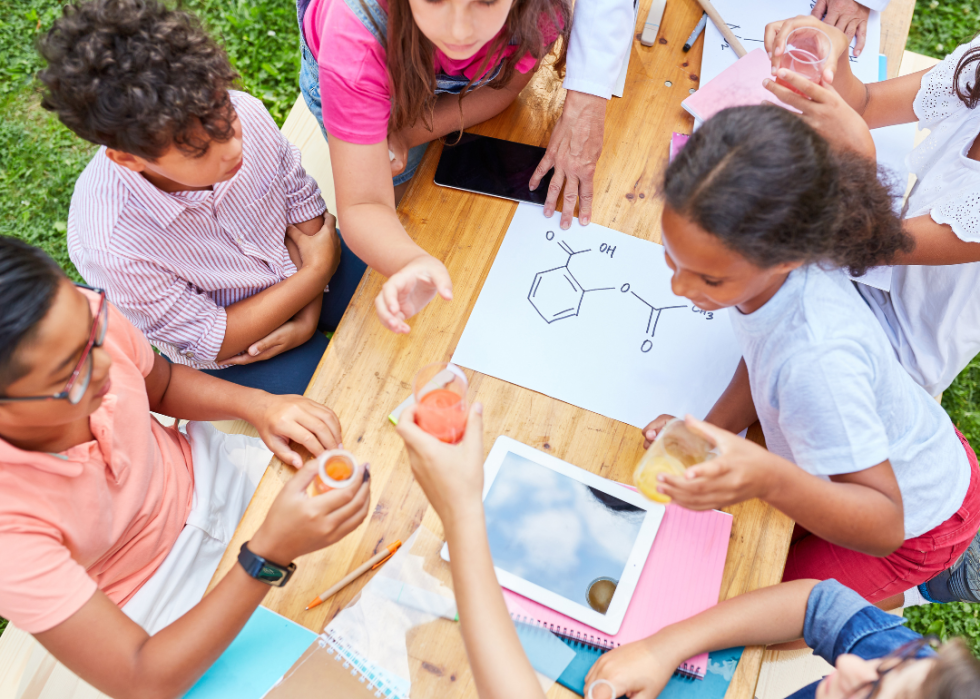
Summer learning programs
A major concern for many parents throughout the pandemic has been the impact on their child's education during non-school periods, particularly summer break. That multi-week gap between academic years has the unfortunate potential to further exacerbate the disconnection students have struggled with due to COVID. In an effort to help students catch up on learning that they may have missed during the academic school year, some school districts have implemented summer programs to fill this void.
While various districts approach summer learning in unique ways, the U.S. Department of Education partnered with the National Summer Learning Association on an Engage Every Student Initiative that will "invest $3.4 million to provide best practices in program implementation for summer and out-of-school time."

Bilingual education training for teachers
In March 2022, the Illinois State Board of Education announced plans for a $4 million grant to help strengthen the state's bilingual teacher pipeline. The grant will aid educators in earning full licensing to teach students English as a second language. As of October 2021, the state had nearly 100 vacancies for bilingual educators, a void the grant program aims to significantly reduce. Other states such as California have plans to broaden dual language programs with its own set of grants.
The goal is to help bilingual teachers engage in activities that help them to connect with their students. The Sobrato Early Academic Language program, for example, requests that educators write their own stories or bilingual autobiographies in a way that connects their language and personalities in the classroom. During this engaging activity, teachers delve into discussions with their students about the English language and share stories with those who may have experienced language loss.
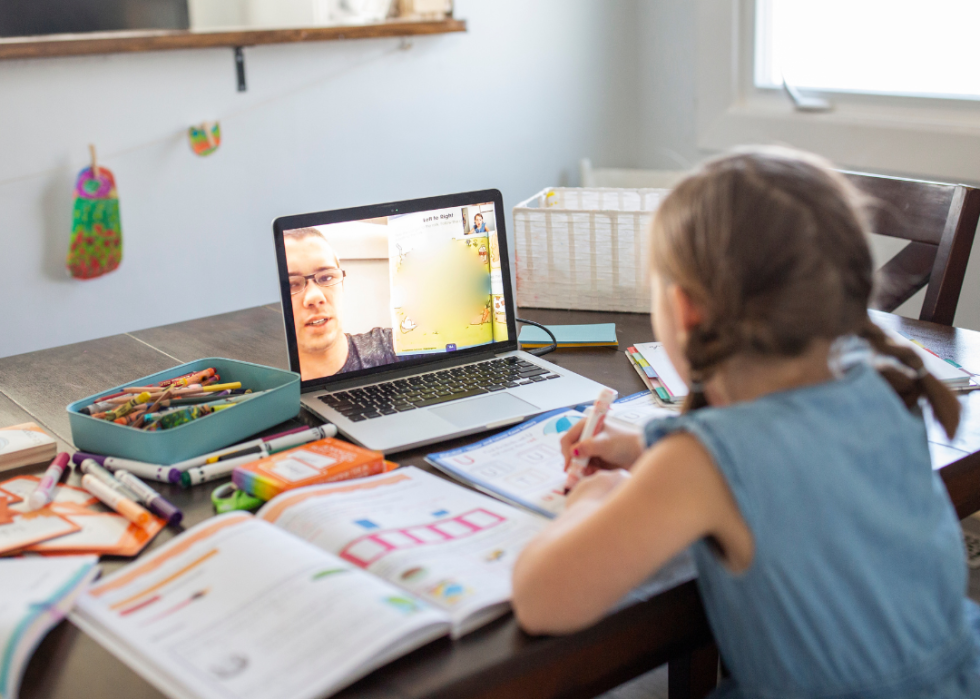
Closing the digital divide
The unequal access to certain technologies quickly became glaring as classrooms shifted online during the height of the pandemic. Those without a home computer, tablet, or dependable internet access were put at an immediate disadvantage, and in many instances school districts and communities were not able to give them the equipment and support they needed.
When it comes to education, the digital divide between those with knowledge and access to technology and those without existed prior to the pandemic—but the gulf widened after COVID. According to research by Pew, the digital divide manifests in several ways, affecting various groups of people disproportionately. Adults with disabilities, for example, are less likely to own a computer or smart device, meaning there it's less likely hat such devices are available to other members of their households. Geography matters, too: Broadband internet access in rural areas lags behind both urban and suburban areas.
In terms of the "homework gap" created by digital inequity, more than one-third of parents with children whose school went virtual during COVID reported technological obstacles in schoolwork engagement. Lower income households were more likely to report such obstacles by a ratio of more than 2 to 1 over higher income households.
To begin closing the digital divide, the federal government created the Affordable Connectivity Program, which is funded through the Infrastructure Investment and Jobs Act. The program works directly with internet providers to lower high-speed internet costs. The IIJA has devoted $65 billion toward growing the national broadband network; moreover, the American Rescue Plan has provided a further $25 billion in the form of capital investment funds and state and local disbursements toward the same.

Updated textbooks and materials
The $1.9 trillion American Rescue Plan was created in response to the pandemic to provide emergency assistance to American families. The rescue plan was signed into law in March 2021. In addition to providing American households with financial assistance through stimulus checks, the plan also purchased millions of new textbooks and other learning materials to support students and educators.
The plan created the Elementary and Secondary School Emergency Relief Fund, known as ESSER, through which boards of education were granted access to various funds aimed at combating learning loss and addressing students' practical and mental health needs. Since the disbursement of ARP ESSER funds began in March 2021, districts across the country took immediate advantage of the infusion of resources. For example, the North Nodaway Board of Education in Hopkins, Missouri voted to use its ESSER funds toward new textbooks, specifically for the areas of communications and math for its 2022-2023 school year.
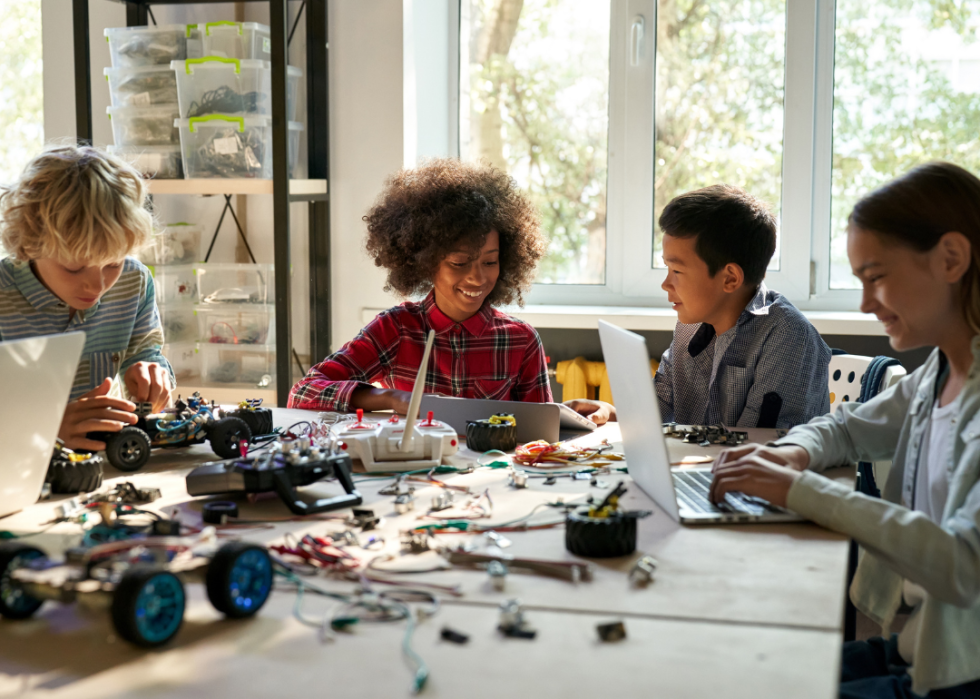
Expanding extracurricular offerings
After-school programs that meet educational standards can not only help students academically but socially as well. The Nita M. Lowey 21st Century Community Learning Centers, for example, is a nationwide after-school program—the only one federally funded—that is also dedicated to supporting local before-school and summer learning initiatives. There are close to 2 million students who benefit from this program, awarded through grants as authorized through the Every Student Succeeds Act.
The America After 3 p.m. program, which is the largest survey of how children spend their time during after-school hours, found that for every student in an after-school program there are three waiting to get into one. What's more, parent satisfaction with after-school programming is 94%. The program's 2020 data shows that 91% of parents who had a child with special needs or a disability were also satisfied with their child's after-school program offering.
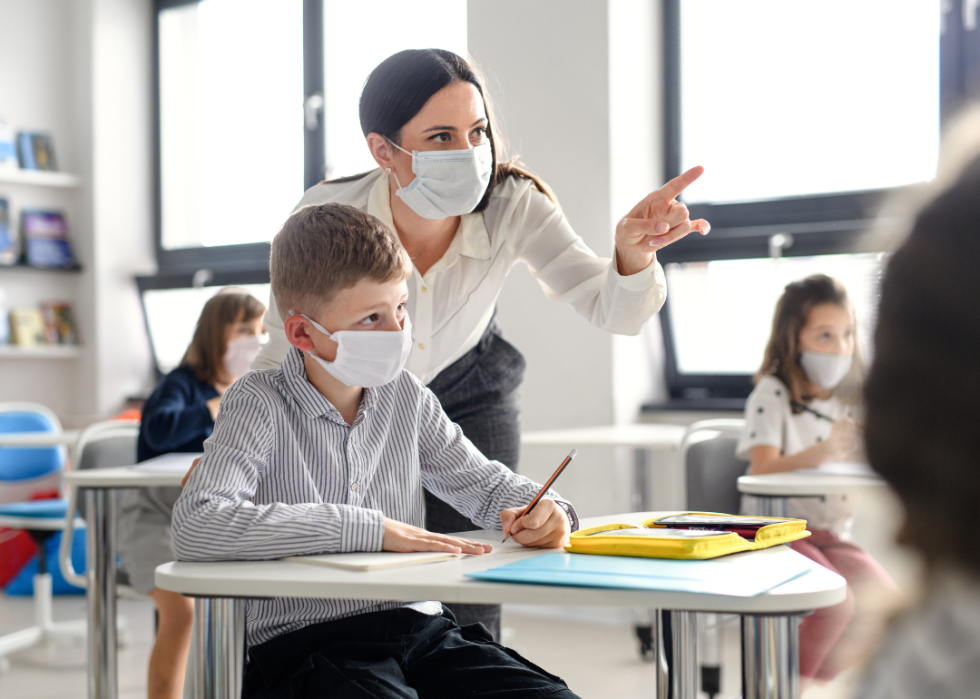
Accelerated learning
A 2021 study from The New Teacher Project in partnership with Zearn, a nonprofit organization, found that learning acceleration may be more beneficial than reteaching what students may have already learned or missed learning. It discovered that students who were taught in accelerated classrooms performed better academically than those in remediated classes.
Schools across the country are designing programs to help students catch up on learning concepts they may have missed during the pandemic, while simultaneously preparing them for the next school year. Although the notion of accelerated learning existed before the pandemic, additional federal stimulus funds help to hire more educators and administrative staff, offer more learning time, and provide quality learning materials.
As part of their reopening initiatives, public schools in Milwaukee, for example, set a standard for teachers to focus on important grade-level learning with time carved out to note prerequisite skills. Families are given the opportunity to share feedback about the pros and cons of these learning experiences.



